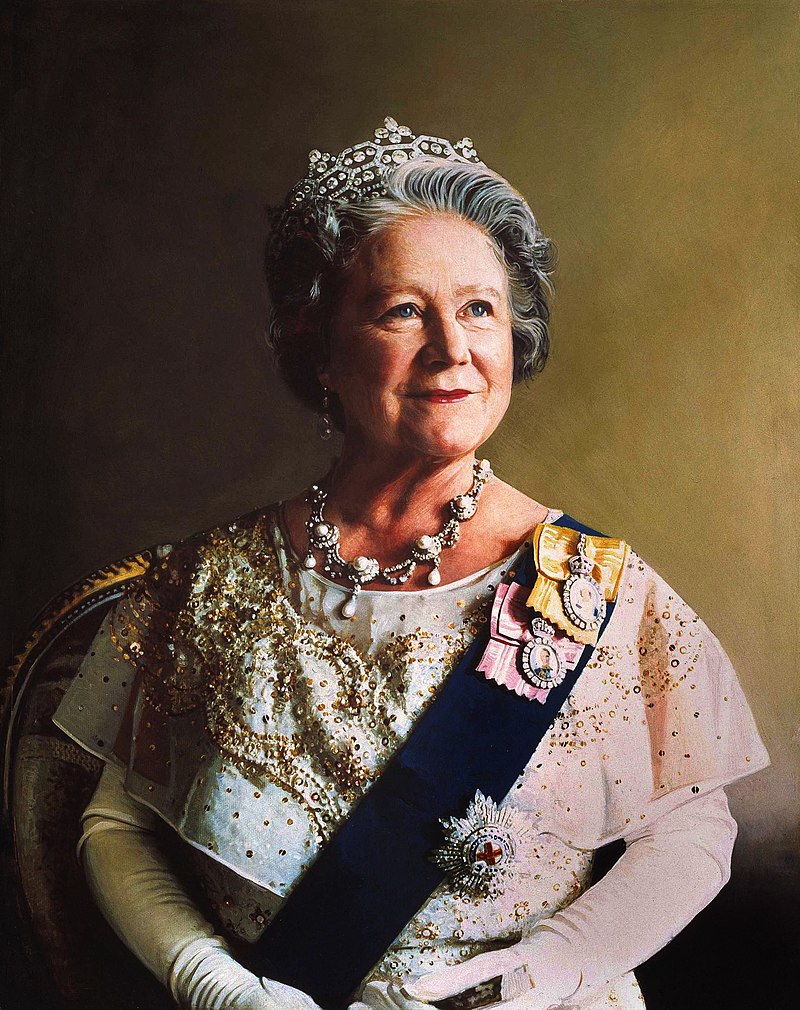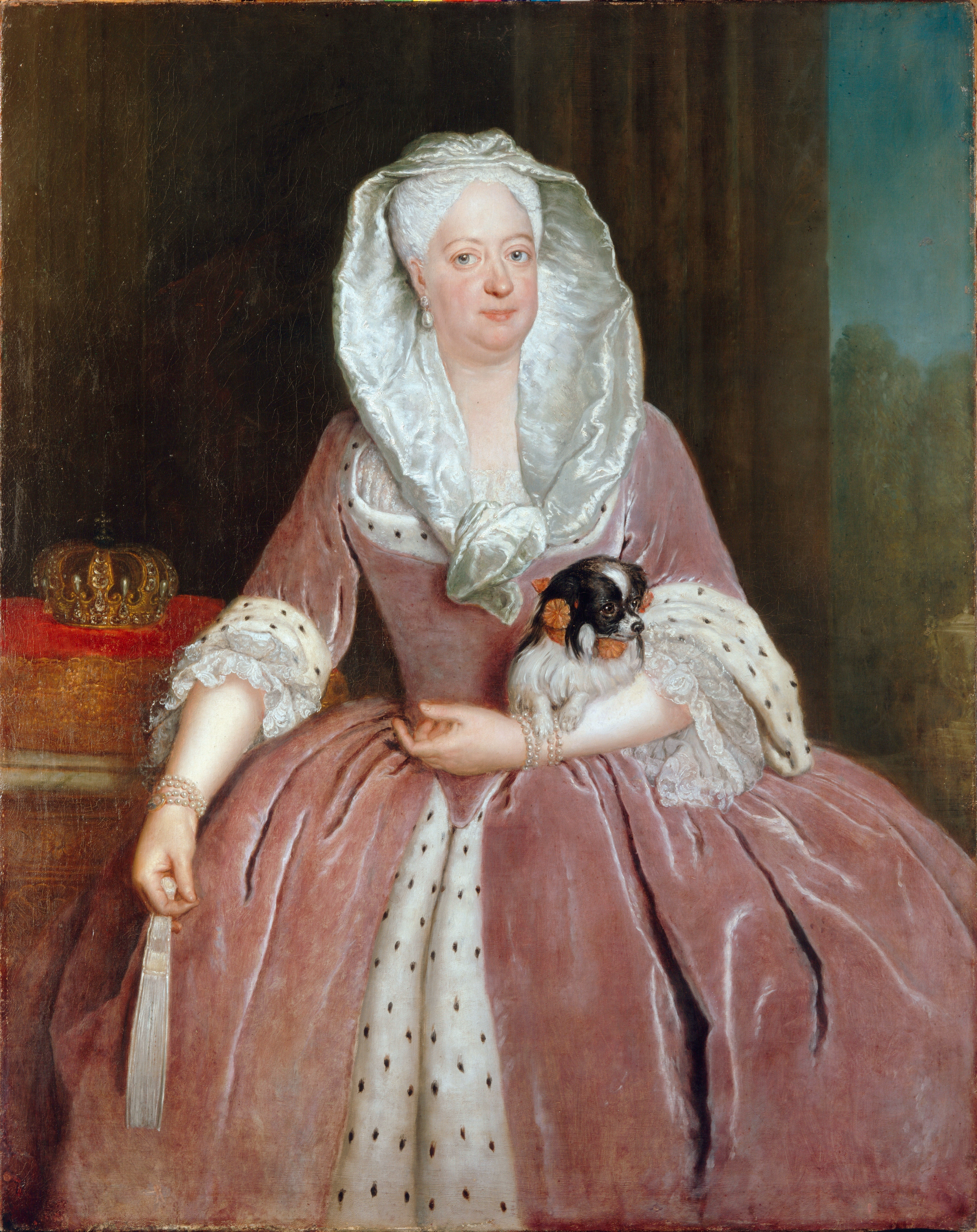by Susan Flantzer © Unofficial Royalty 2013

Prince Leopold, Duke of Albany; Credit: Wikipedia
Prince Leopold was the eighth of the nine children and the fourth and youngest son of Queen Victoria and Prince Albert of Saxe-Coburg and Gotha. Born on April 7, 1853, at Buckingham Palace in London, England, Leopold was described as delicate from a very early age. It soon became apparent that he suffered from the genetic disease hemophilia. He was the first of the nine hemophiliacs among Queen Victoria’s descendants.
The infant prince was christened Leopold George Duncan Albert in the Private Chapel of Buckingham Palace on June 28, 1853, by the Archbishop of Canterbury, John Bird Sumner. His godparents were:

Prince Leopold photographed by John Jabez Edwin Mayall, March 1, 1861; Credit – Wikipedia
Leopold had eight siblings:
- Victoria, Princess Royal (1840-1901) married Friedrich III, German Emperor and King of Prussia, had four sons and four daughters
- King Edward VII of the United Kingdom (1841-1910) married Princess Alexandra of Denmark, had two sons and three daughters
- Princess Alice (1843-1878) married Ludwig IV, Grand Duke of Hesse and by Rhine, had two sons and five daughters
- Prince Alfred, Duke of Edinburgh, Duke of Saxe-Coburg and Gotha (1844-1900) married Grand Duchess Marie Alexandrovna of Russia, had one son and four daughters
- Princess Helena (1846-1923) married Prince Christian of Schleswig-Holstein, had two sons and two daughters
- Princess Louise (1848-1939) married John Campbell, Marquess of Lorne, 9th Duke of Argyll, no issue
- Prince Arthur, Duke of Connaught (1850-1942) married Princess Louise Margaret of Prussia, had one son and two daughters
- Princess Beatrice (1857-1944) married Prince Henry of Battenberg, had three sons and one daughter

Albert, Victoria, and their nine children in 1857. Left to right: Alice, Arthur, Albert, Edward, Leopold, Louise, Victoria with Beatrice, Alfred, Victoria, and Helena; Credit – Wikipedia
Naturally, Leopold’s childhood activities were curtailed due to his hemophilia. He was perhaps Queen Victoria’s most intellectual child and had the artistic tastes of his father, Prince Albert. Leopold somehow managed to convince his mother to allow him to spend four years (1872-1876) at Christ Church, Oxford University, and he received an honorary doctorate in civil law in 1876. While at Oxford, Leopold became friendly with Alice Liddell, the daughter of the Dean of Christ Church, Oxford. Alice was the inspiration for the classic Alice’s Adventures in Wonderland by Lewis Carroll, who in real life was Charles Lutwidge Dodgson and held the Christ Church Mathematical Lectureship. There have been rumors of a romance between Leopold and Alice. Alice did name her first child Leopold, and the prince was his godfather. Leopold’s first child was named Alice, perhaps after Alice Liddell and/or perhaps after his sister Alice, who died several years earlier.
Prince Leopold in 1873 during the time he was at Christ Church, Oxford
In 1881, Leopold first met his future wife, Princess Helena of Waldeck-Pyrmont, in Darmstadt, where Leopold was staying with Ludwig IV, Grand Duke of Hesse and by Rhine, who was the widower of Leopold’s sister Alice. Helena’s parents were George Victor, Sovereign Prince of Waldeck-Pyrmont and Princess Helena of Nassau. Through both of her parents, Helena was a descendant of Anne, Princess Royal, the eldest daughter of King George II of Great Britain.

Princess Leopold and Princess Helena of Waldeck-Pyrmont; Credit – Wikipedia
Leopold saw marriage as a way to become independent from Queen Victoria, his overbearing mother. Besides having hemophilia, Leopold also had mild epilepsy. Although hemophilia had more serious consequences, it was a disease that was not completely understood at the time. It was Leopold’s epilepsy that caused him problems while seeking a bride. Epilepsy was considered a social stigma, and many families hid away their epileptic relatives. After Leopold was rejected by several potential royal brides, Queen Victoria and her eldest daughter Victoria stepped in and made arrangements for Leopold and Helena to meet. The couple became engaged on November 17, 1881. Leopold was ecstatic when he wrote of the news to his brother-in-law Ludwig, widower of his sister Alice: “…we became engaged this afternoon…Oh, my dear brother, I am so overjoyed, and you, who have known this happiness, you will be pleased for me, won’t you?…You only know Helena a little as yet – when you really know her, then you will understand why I’m mad with joy today.”
The wedding of Leopold and Helena
On April 27, 1882, Leopold and Helena were married at St. George’s Chapel, Windsor Castle. Helena was escorted down the aisle by her father, George Victor, Sovereign Prince of Waldeck-Pyrmont, and her brother-in-law King Willem III of the Netherlands. Her wedding gown of white satin, decorated with traditional orange blossom and myrtle, was a gift from her sister Queen Emma of the Netherlands. Leopold had requested that his friend, the French composer Charles Gounod, compose a wedding march to be played as Helena made her way to the altar.
The couple had two children:

Helena, Duchess of Albany & her two children Alice and Charles Edward in 1887; Credit – http://www.nationalarchives.gov.uk/
Unfortunately, Leopold and Helena’s marriage was short-lived. In early 1884, Leopold’s doctors recommended that he spend the winter in Cannes, France, which he had done before. At the time, Helena was expecting her second child. On March 27, 1884, Leopold slipped and fell on the staircase at Villa Nevada, the private home where he was staying in Cannes. On March 27, 1884, Leopold slipped and fell on the staircase at Villa Nevada, the private home where he was staying in Cannes, injuring his knee and hitting his head. 31-year-old Leopold died early in the morning of March 28, 1884, of a cerebral hemorrhage, his injuries exacerbated by his hemophilia. Prince Leopold, Duke of Albany was buried in the Albert Memorial Chapel at St. George’s Chapel, Windsor Castle.

Prince Leopold’s tomb in the Albert Memorial Chapel; Credit – Connie Nisinger, www.findagrave.com

Prince Leopold’s effigy; Credit – Scott Michaels, www.findagrave.com
Four months after Leopold’s death, Helena gave birth to a son, Charles Edward. Charles Edward became Duke of Albany at birth (his father’s title) and in 1900 succeeded his uncle Alfred as the last reigning Duke of Saxe-Coburg and Gotha. During World War I, he was deprived of his British titles due to his taking up arms against his native country. After World War II, Charles Edward was imprisoned due to his Nazi sympathies and was heavily fined and almost bankrupted. Charles Edward’s grandson, King Carl XVI Gustaf, currently sits upon the throne of Sweden. Leopold’s daughter Alice married a brother of Queen Mary, Alexander Cambridge, 1st Earl of Athlone, and died in 1981, the last surviving grandchild of Queen Victoria.
Poem – The Death of Prince Leopold by William Topaz McGonagall
Recommended Biography: Prince Leopold: The Untold Story of Queen Victoria’s Youngest Son by Charlotte Zeepvat
This article is the intellectual property of Unofficial Royalty and is NOT TO BE COPIED, EDITED, OR POSTED IN ANY FORM ON ANOTHER WEBSITE under any circumstances. It is permissible to use a link that directs to Unofficial Royalty.
Queen Victoria Resources at Unofficial Royalty






























